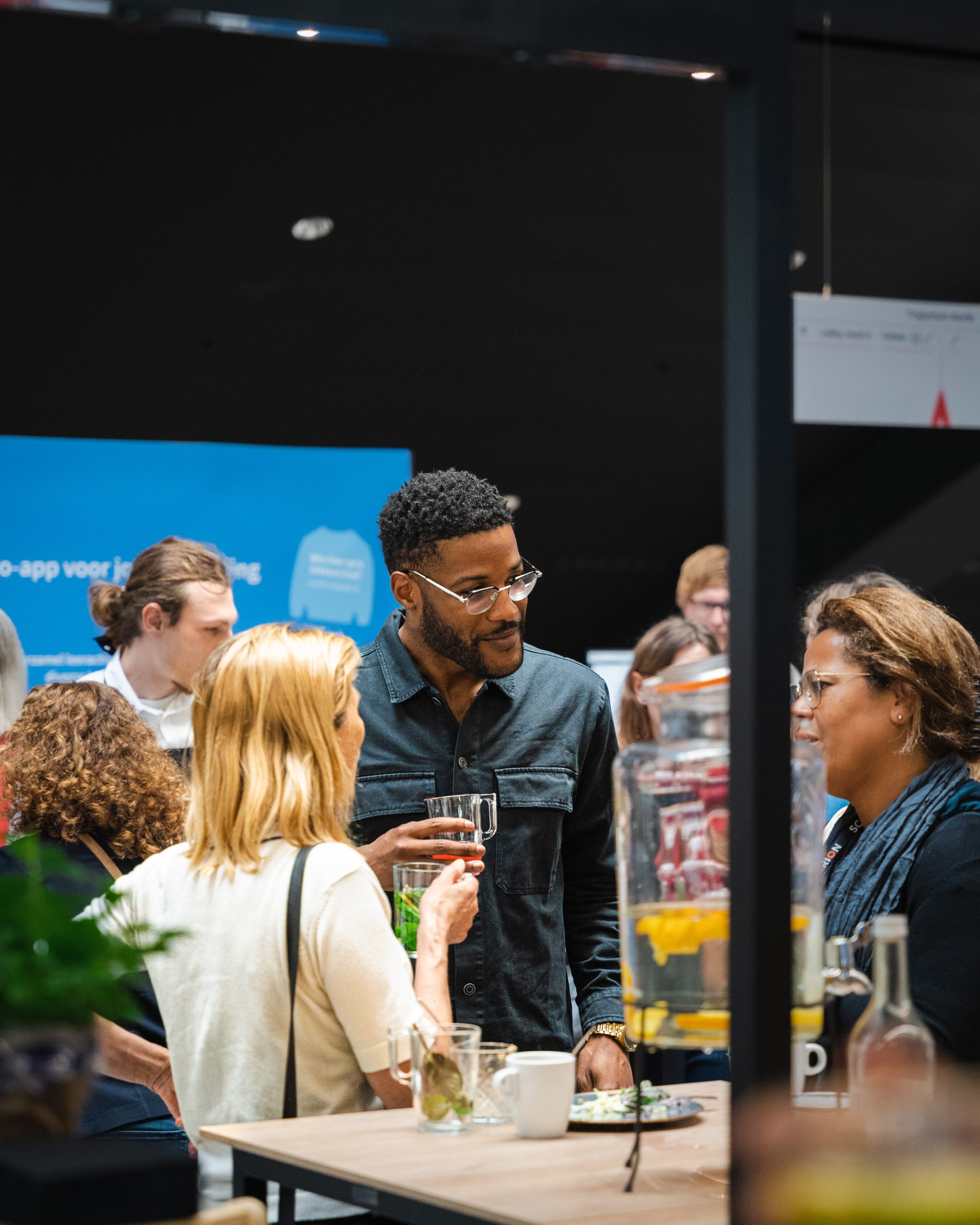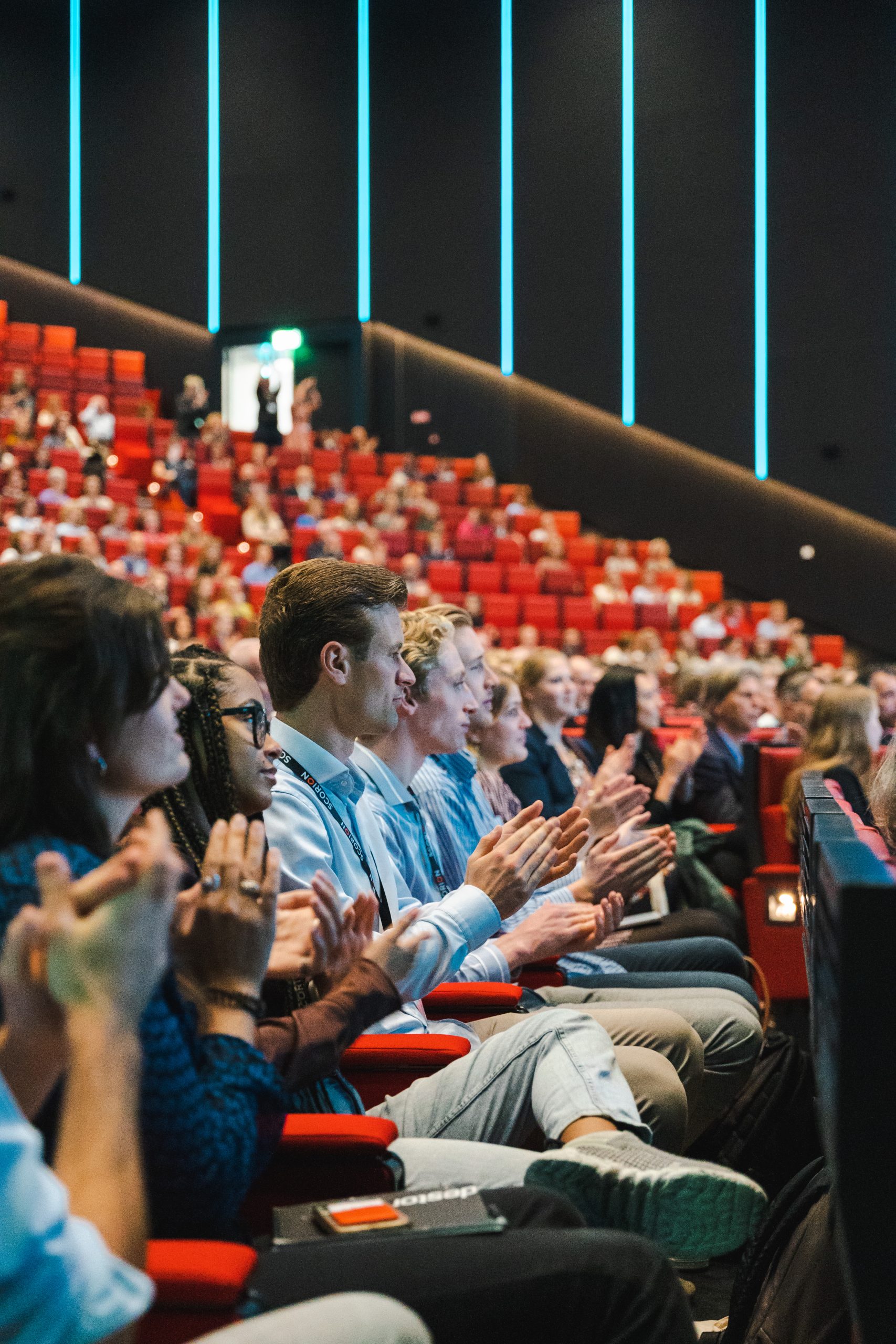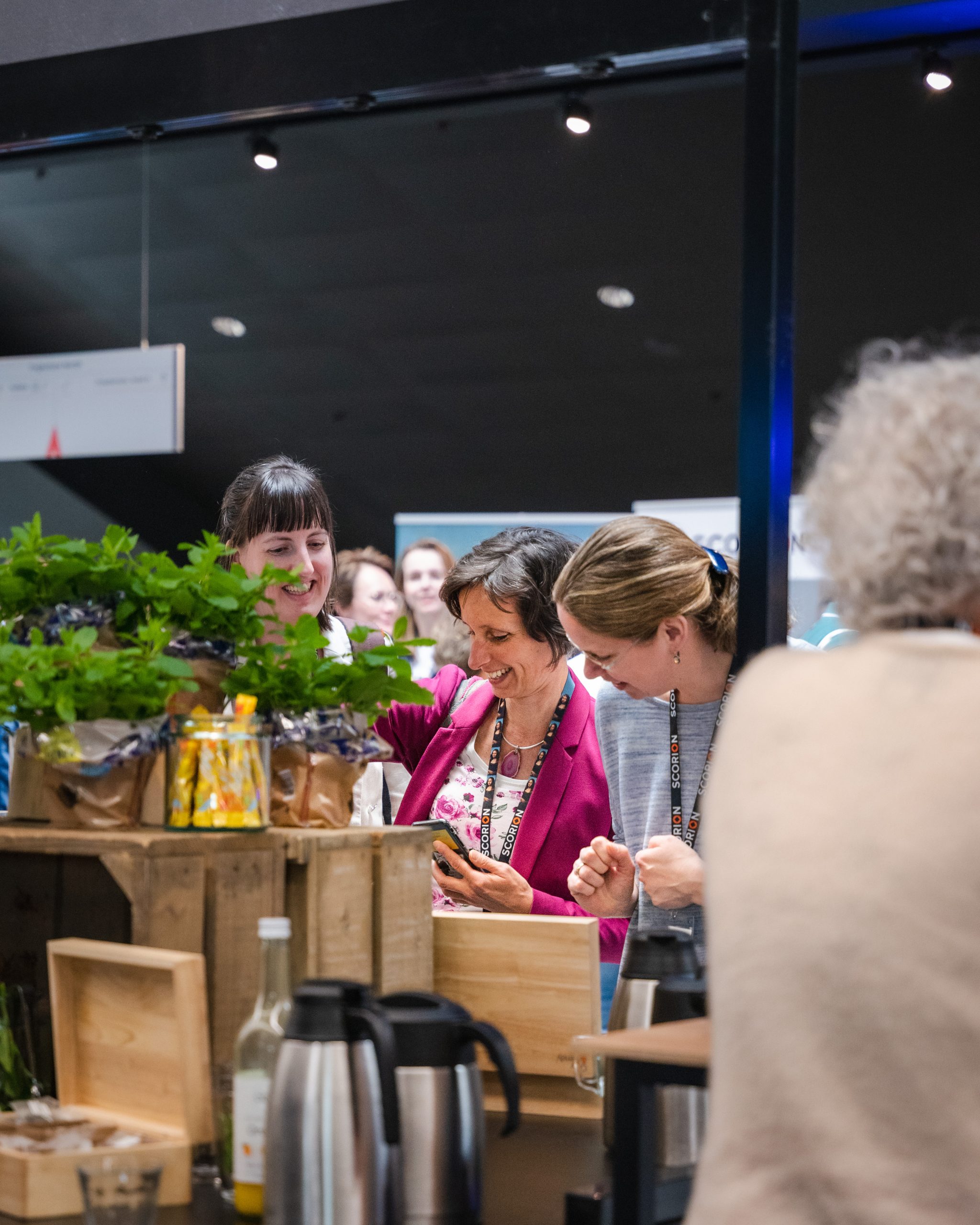Samenvatting
In de tweede helft van de negentiende eeuw werd in het voormalig Nederlands-Indië een begin gemaakt met medisch onderwijs. Aanvankelijk werden inlanders in twee jaar opgeleid tot vaccinateur, later tot inlands arts met een uitgebreider curriculum. In Batavia werd daartoe de School Tot Opleiding van Inlandsche Artsen (STOVIA) opgericht en veel later in Soerabaya de Nederlandsch Indische Artsen School (NIAS). Veranderingen in de opvattingen over kolonialisme en het cultuurstelsel hebben hierbij een doorslaggevende rol gespeeld.
In het begin van de twintigste eeuw werd de opleiding op universitair niveau gebracht en werden fundamentele curriculumveranderingen ingevoerd. In die context werd ook ruimte geboden voor de ontwikkeling van ideeën over onafhankelijkheid en zelfbestuur, waarmee de basis werd gelegd voor een groot aandeel van artsen en medische studenten in de onafhankelijkheidsbeweging. Na de Tweede Wereldoorlog nam het aantal medische faculteiten in Indonesië geleidelijk toe. Na een korte onderbreking, veroorzaakt door de Nieuw-Guinea crisis, is de samenwerking met Nederland op onderwijsgebied weer hersteld. (Zwierstra RP. Van vaccinateur tot academisch opgeleid arts. Over de geschiedenis van het medisch onderwijs in Nederlands-Indië. Tijdschrift voor Medisch Onderwijs 2009;28(2):81–89.)
Summary
The second half of the nineteenth century saw the start of medical education in the former Dutch East Indies. In the early days a two year course trained natives to work as ‘vaccinators’, and later on an extended curriculum yielded the title of ‘native doctor’.
In 1899 the ‘School Tot Opleiding van Inlandsche Artsen, STOVIA (School for the Education of Native Doctors) was established at Batavia, followed much later by the ‘Nederlandsch Indische Artsen School, NIAS ( Netherlands Indies Doctors School) at Surabaya.
Profound changes in the prevailing views on colonialism and the system of forced farming were of overriding importance in the process of change towards the promotion of public health in the Dutch East Indies. At the beginning of the twentieth century the curriculum underwent fundamental changes and was raised to university level. The fact that the academic environment fostered ideas about independence and home rule explains why so many doctors and medical students joined the independence movement.
After World War II there has been a gradual increase in the number of medical schools. Over the decades, except for a brief interruption at the time of the New Guinea crisis, there has been intensive cooperation between Indonesian and Dutch faculties of medicine. (Zwierstra RP. From vaccinators to university-educated doctors. About the history of medical education in the former Dutch East Indies. Dutch Journal of Medical Education 2009;28(2):81–89.)



